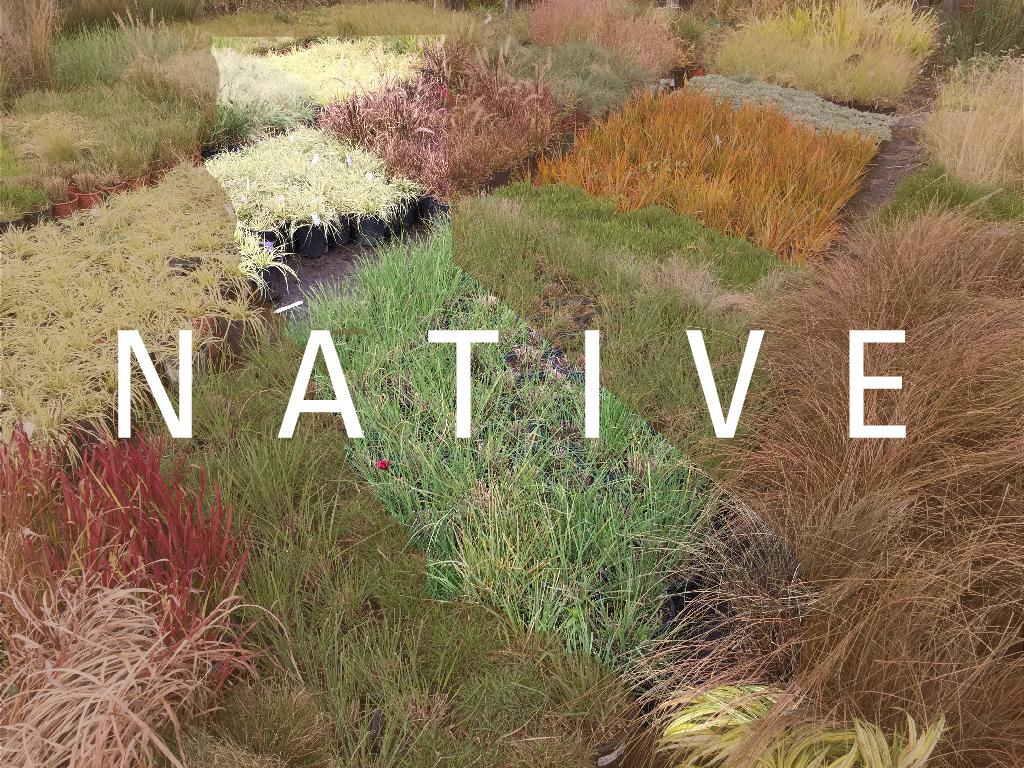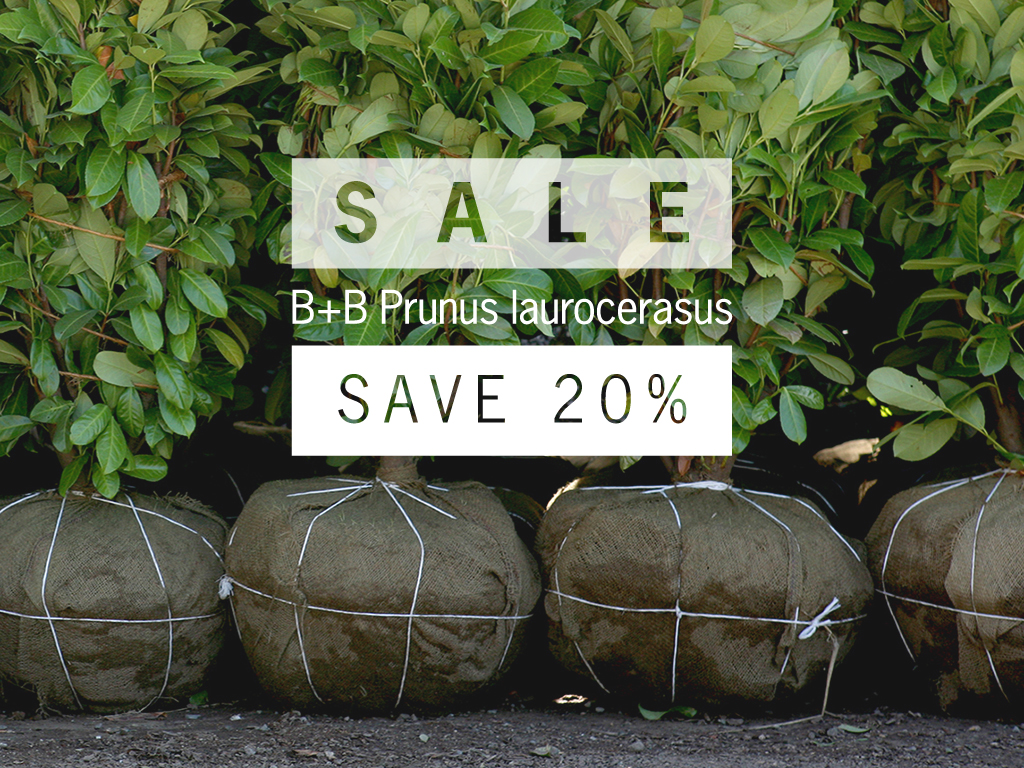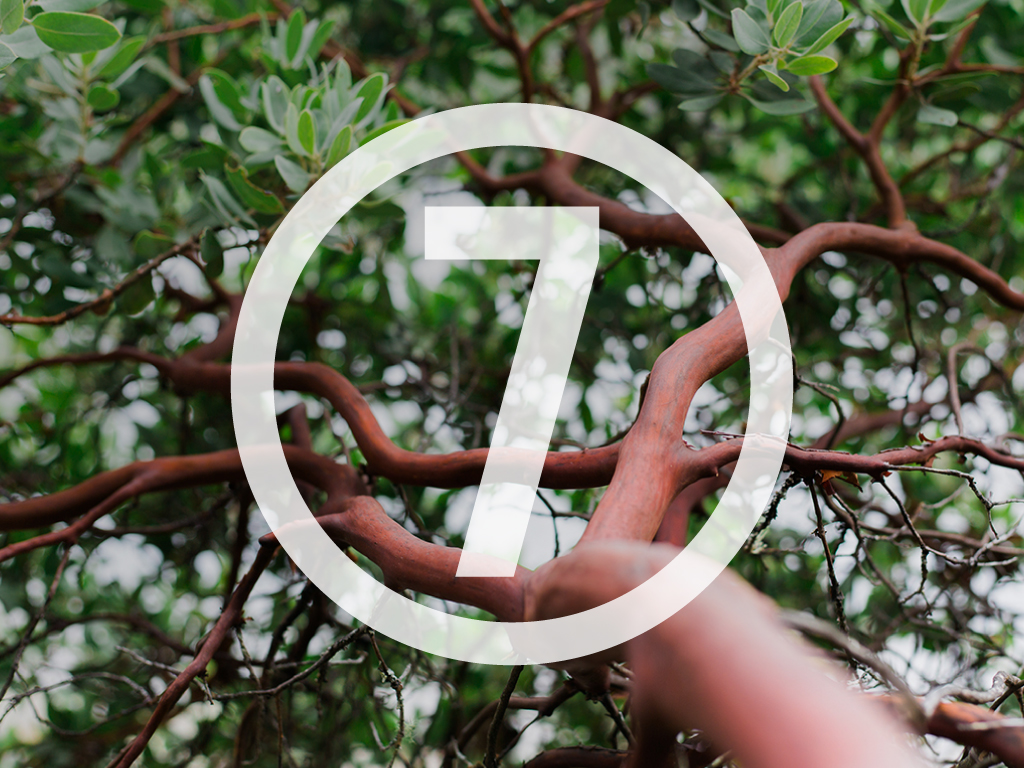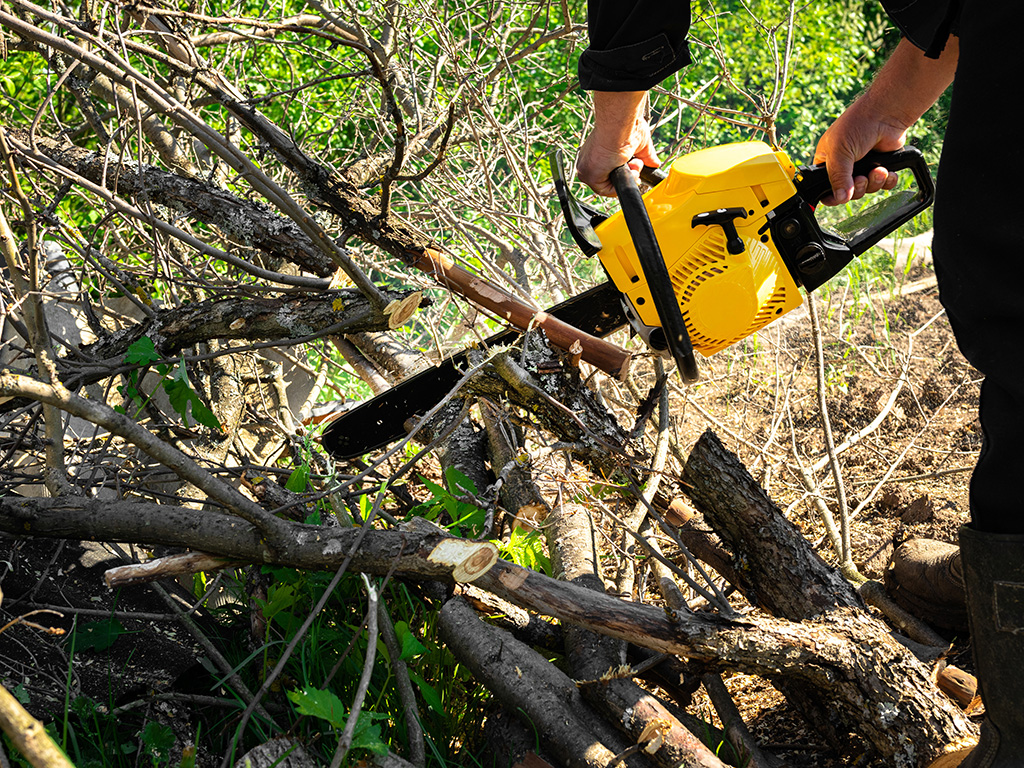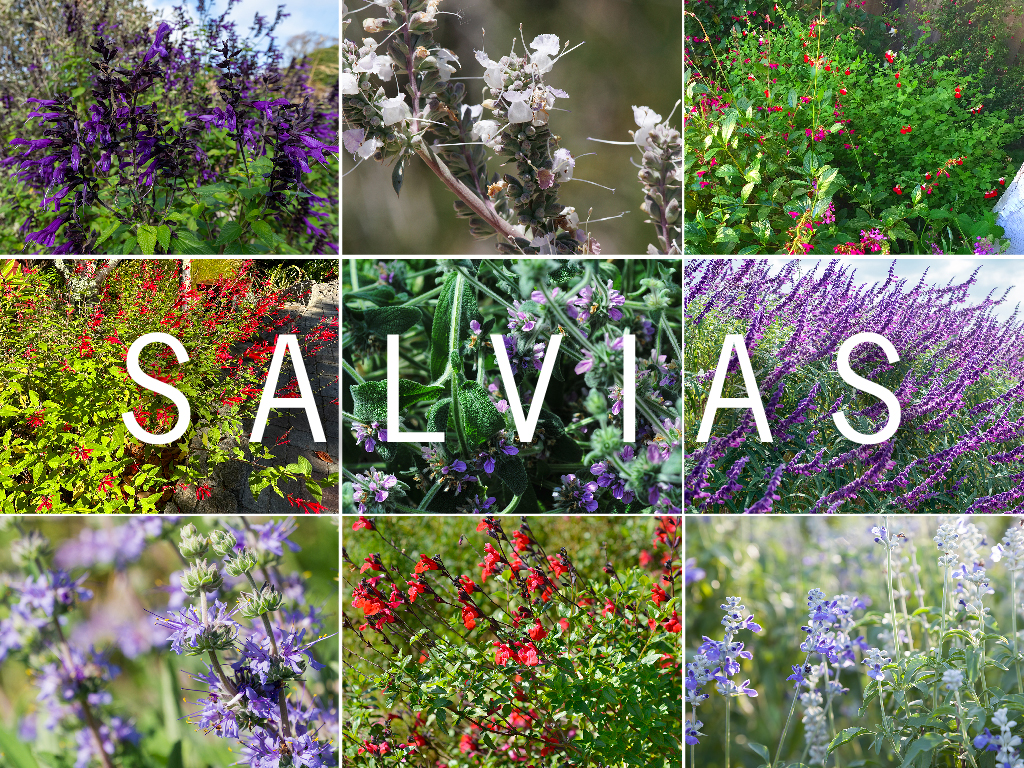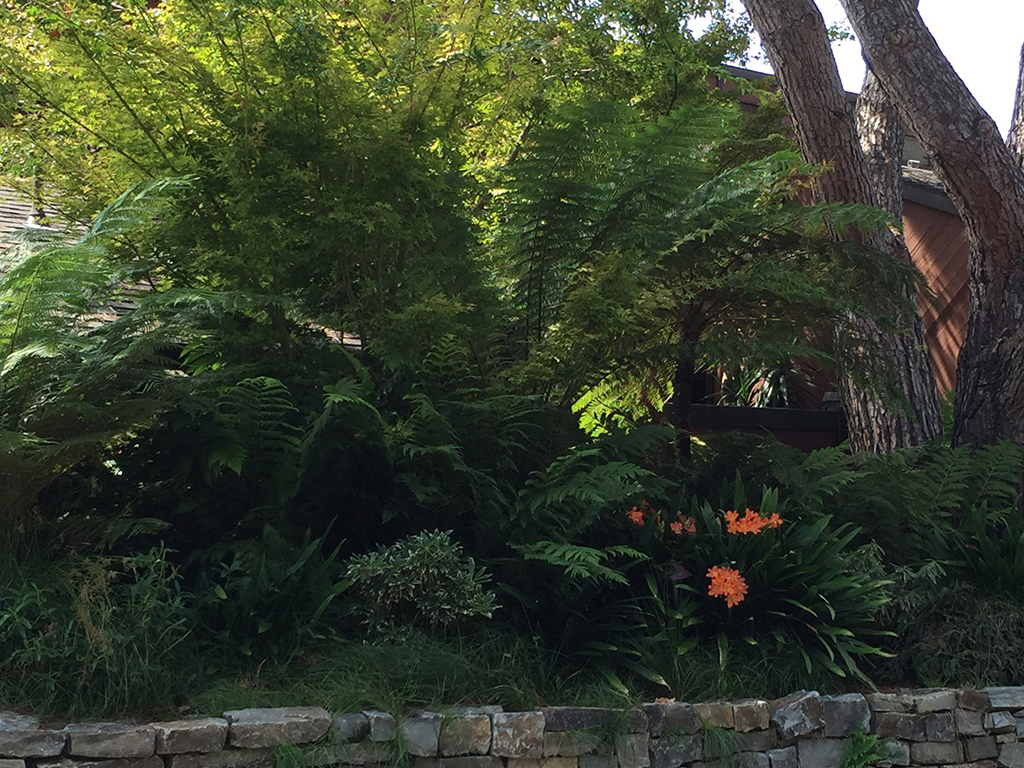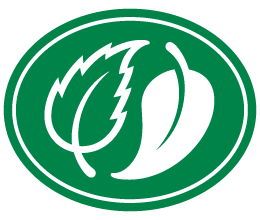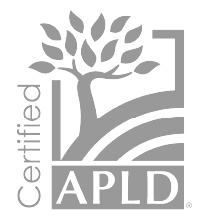- Climate Change | Rising temperatures from greenhouse gas emissions
- Recurring Drought | Inconsistent rainfall + reduced water availability
- Fire-safe Landscaping | Increasing urban area firestorm vulnerability
- Customer Demand | Reducing risks, costs + resources
What makes CA native grasses so attractive for Bay Are landscapes?
According to the California Native Plant Society | CNPS, California native grasses provide several attractive benefits for both landscape professionals and their clients looking for a low-maintenance and water-efficient landscape.These amazing CA native plants are hard to match for their unique qualities that include:

A unique and important role for California native grasses
California native grasses play a unique and important role in providing cover, nesting materials, and additional food sources for beneficial, garden-friendly wildlife.
They also provide the aesthetic design benefits of contrast, loose structural form, and interesting leaf variety. Best of all, they’re unmatched for their graceful, flowing movement throughout the seasons.
Over 300 species of native grasses are found in California and they are an integral part of diverse habitats including cool, wet forests to hot, dry deserts.
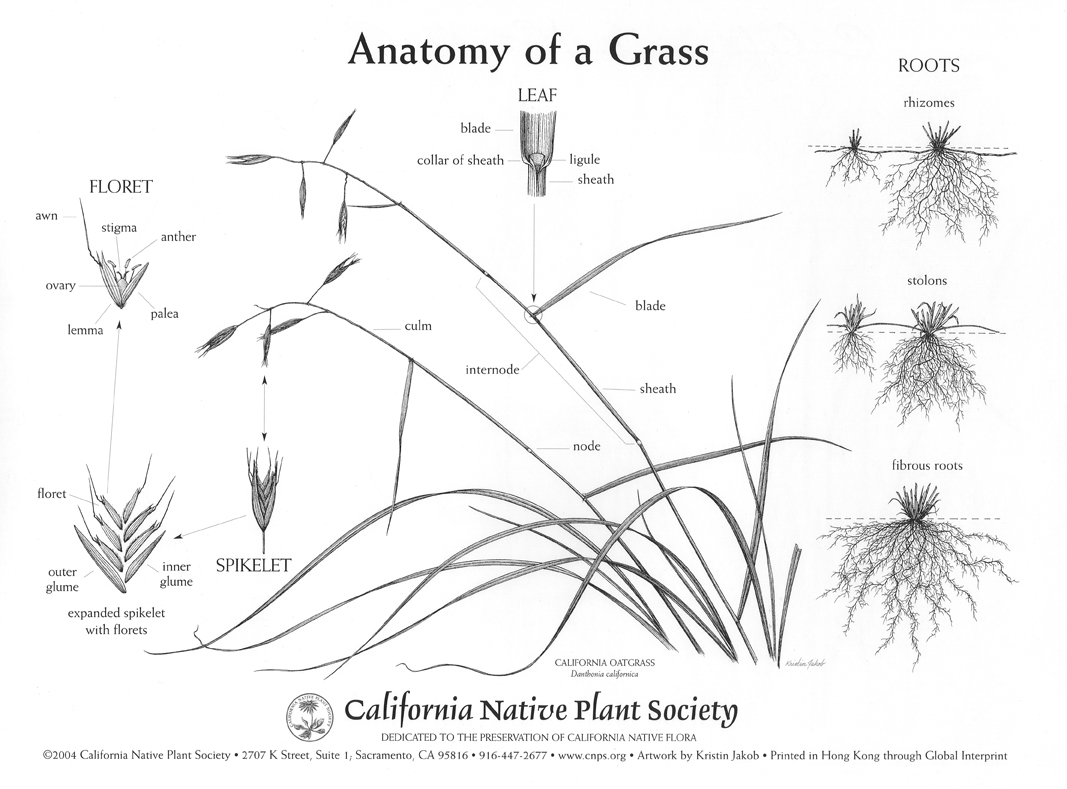
Most native ornamental grasses prefer lots of sun and will be tolerant of drought once they’re established. However, many species improve their appearance with occasional water during dry periods.
The deep roots of native grasses stabilize soil, increase water infiltration, and recycle nutrients. When native grasses are planted in urban environments, their unique qualities can even help to filter polluted runoff.
Native rangeland grasses also excel in sequestering carbon to help reduce air pollutants and mitigate the effects of climate change.
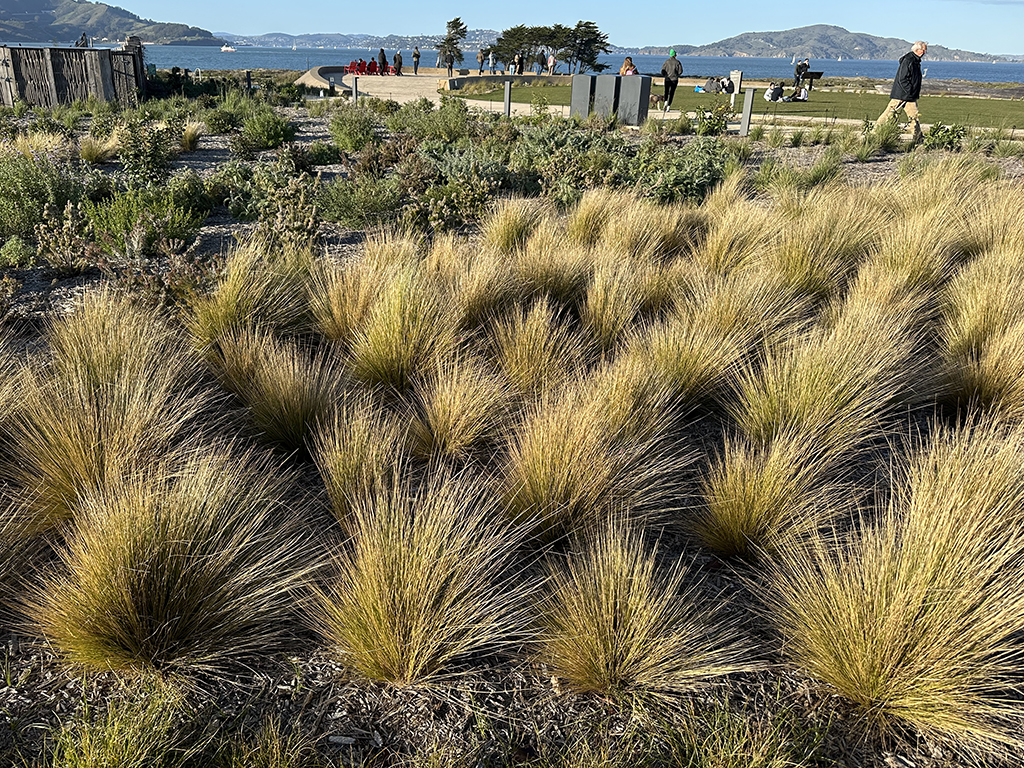
California Native Grass for Bay Area landscapes
Bouteloua gracilis

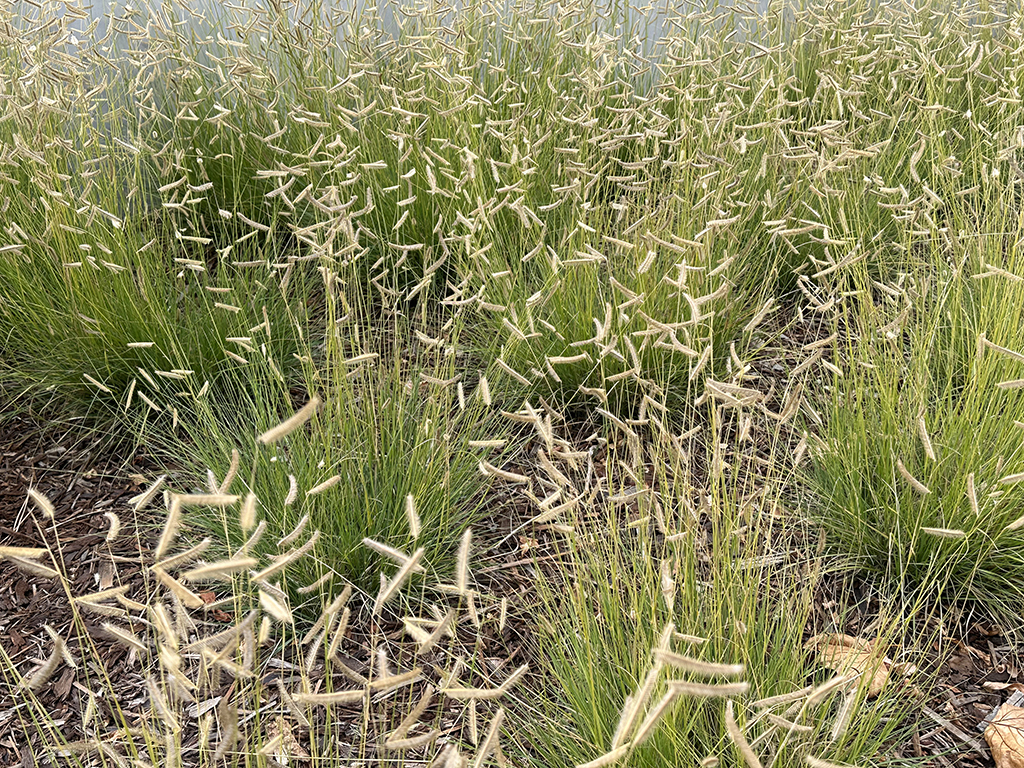
Festuca californica

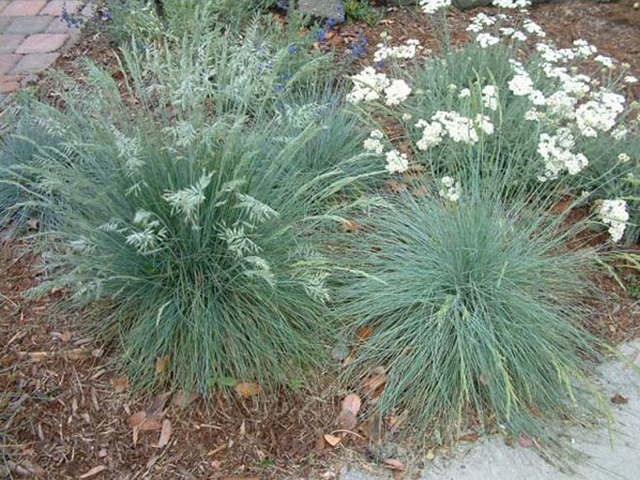
Muhlenbergia rigens

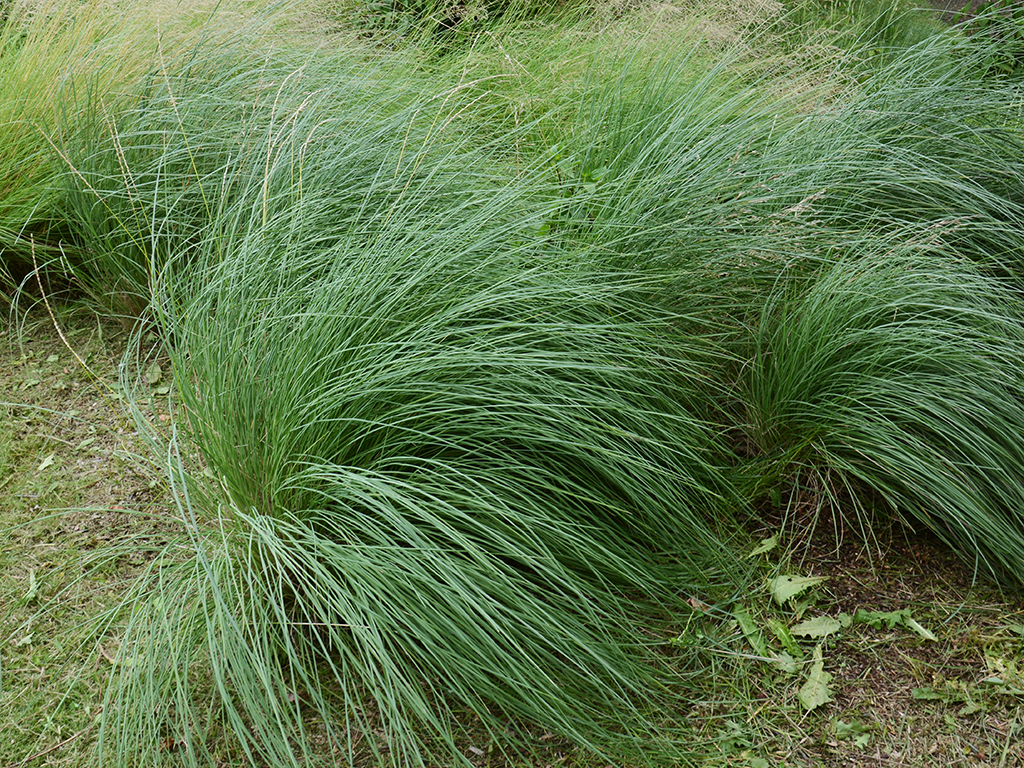
As a hard-working CA native grass, Muhlenbergia rigens provides attractive textural contrast in a landscape with many erect narrow blades that fan out of the vase-shaped foliage in dense clumps. It’s one of the most beautiful and easiest to grow of all the native California bunchgrasses. It prefers sandy or gravelly soil but will perform well in almost any well-drained location.
John Greenlee | Greenlee & Associates
Leymus condensatus ‘Canyon Prince’

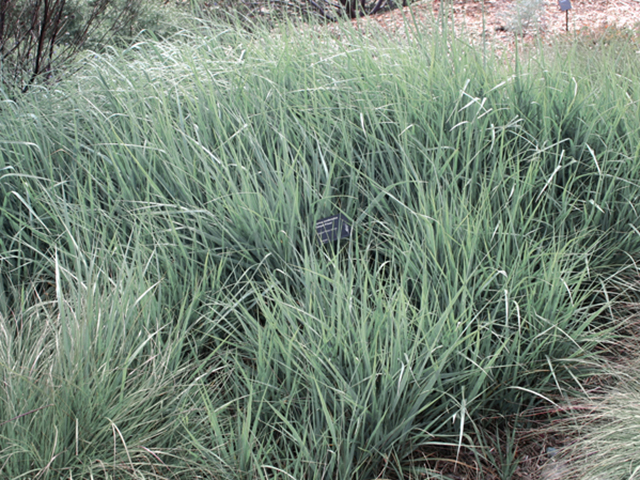
Carex tumulicola


Calamagrostis foliosa

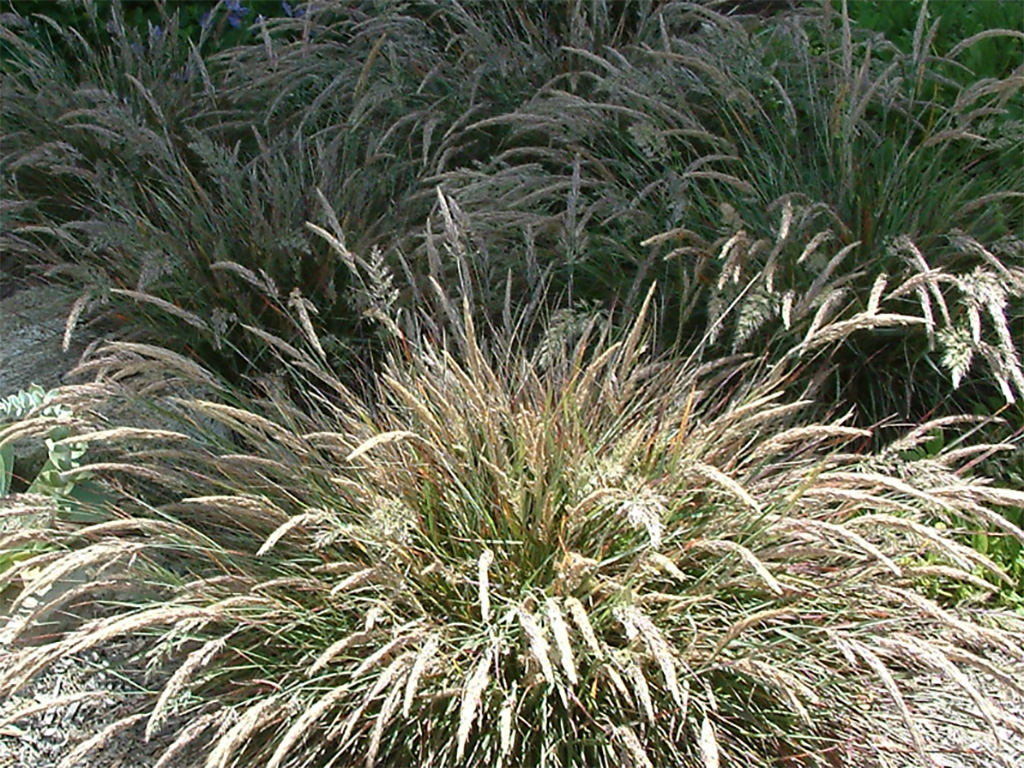
Carex praegracilis

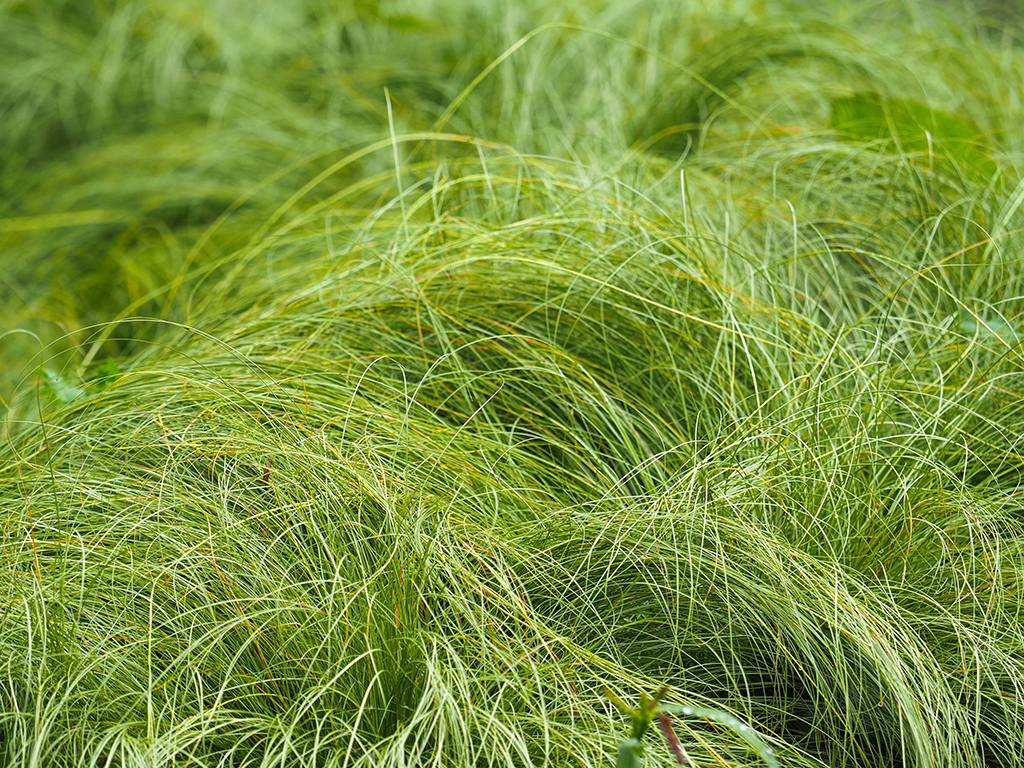
Carex testacea
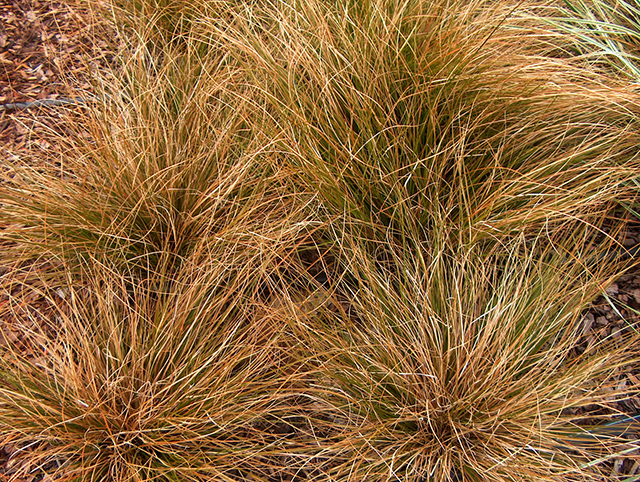
Low maintenance with beauty all year long.
California native grasses can be a thoughtful and attractive addition to just about any Bay Area landscape. And by following some of the low care tips below, you’ll ensure that your clients will thank you for your guidance in helping them save water and reduce maintenance work in their garden.
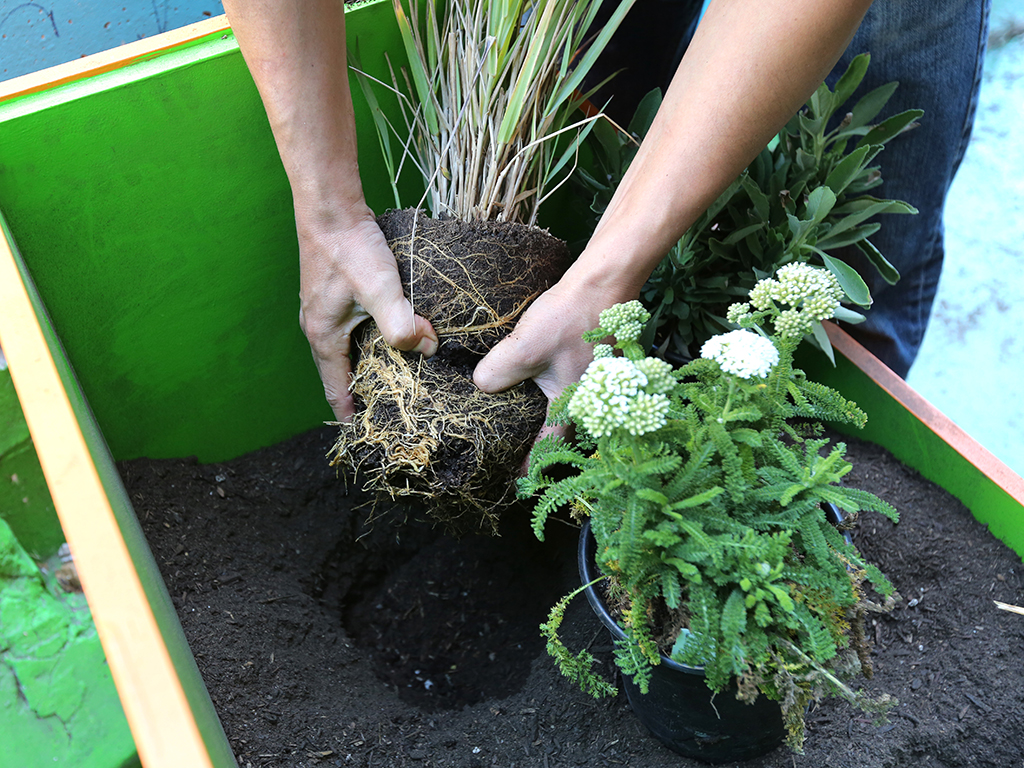
Planting
Although most California natives can be planted at any time of year, it is best to put them in the ground during the Fall and early Winter. This gives them time to establish a healthy root system and build the energy for new growth and stunning floral displays in Spring and Summer.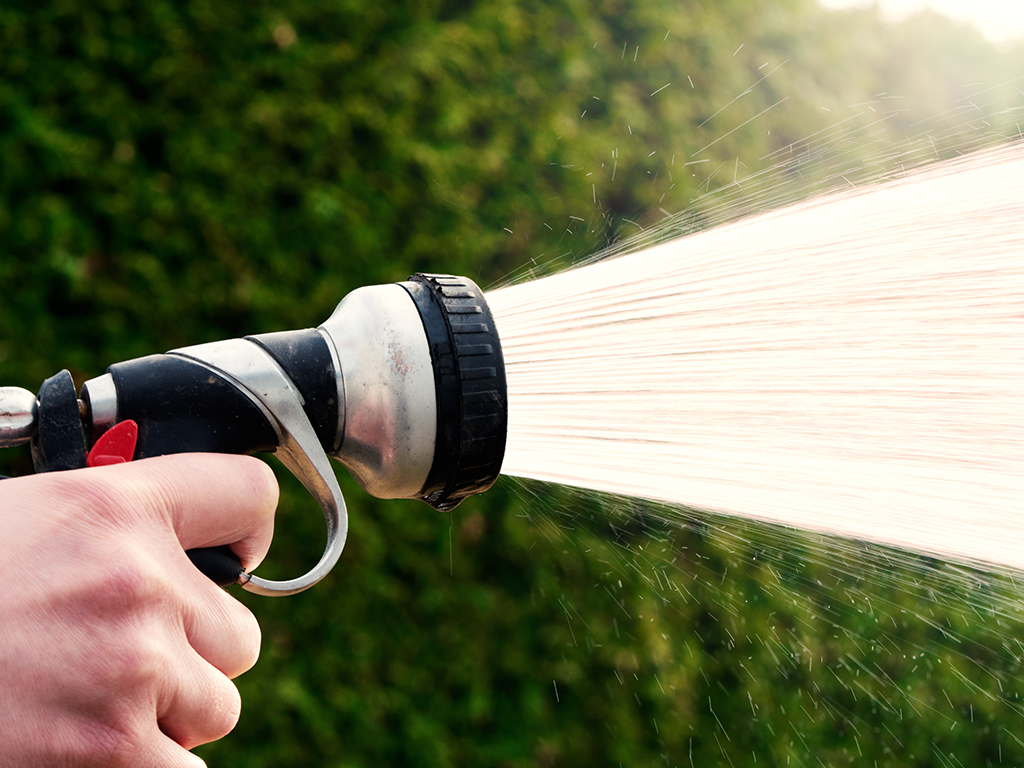
Watering
Many native plants can survive with minimal supplemental water once they have become established (after 2-5 years). Some native species can maintain a healthy appearance for much of the year while being watered occasionally each month.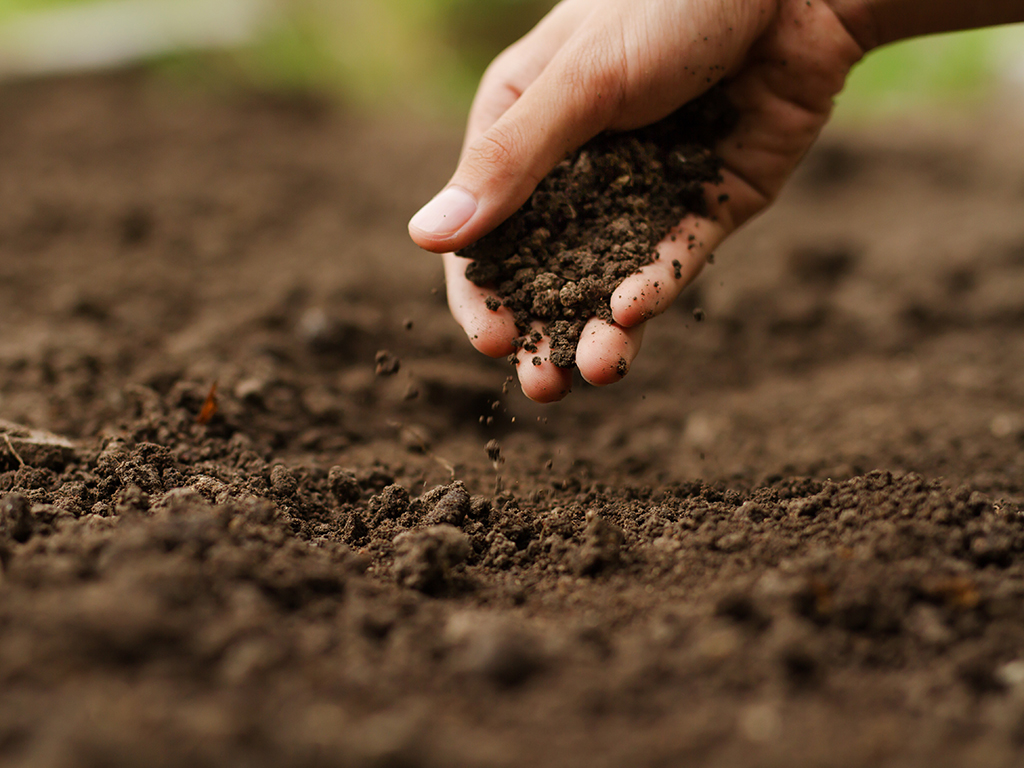
Soil
Most native plants perform better without any fertilizer. Extra nutrients push plants to grow quickly, sometimes beyond naturally supportable levels and can shorten their life span. Adding a layer of mulch helps to slow water evaporation, discourage weed germination, and create a favorable environment for creating beneficial biological bacteria.Want to know more about California native grasses?
If you would like to discuss your project requirements or learn more about California native grasses, contact any of our Customer Service experts by clicking on the PHONE icon below their name to call. Or click on the ENVELOPE icon below their name to send an email directly to them.If that’s all too complicated, just reach out at 650.755.2330.
As both a grower and a plant broker, we’re ready to work with you to provide just the right plants that will make your project a water-wise success. It’s one of the many qualities that make us different from just an ordinary nursery.
We can also provide an Estimate for one item or for an entire installation. Just attach your Microsoft Excel .xlsx plant list to our convenient online estimate form.
Share your favorite CA native grass
Have you recently installed California native grasses for your project? Share your success with your social communities. Just click the social platform icon of your choice on the sidebar on the left. Or click any of the social icons at the bottom of the page on your mobile device.We look forward to hearing from you.
As the Founder of Pacific Nurseries, Don Baldocchi gets satisfaction from knowing the Bay Area is greener and more beautiful by helping landscape professionals succeed. Email Don or give him a call at 650.755.2330.

